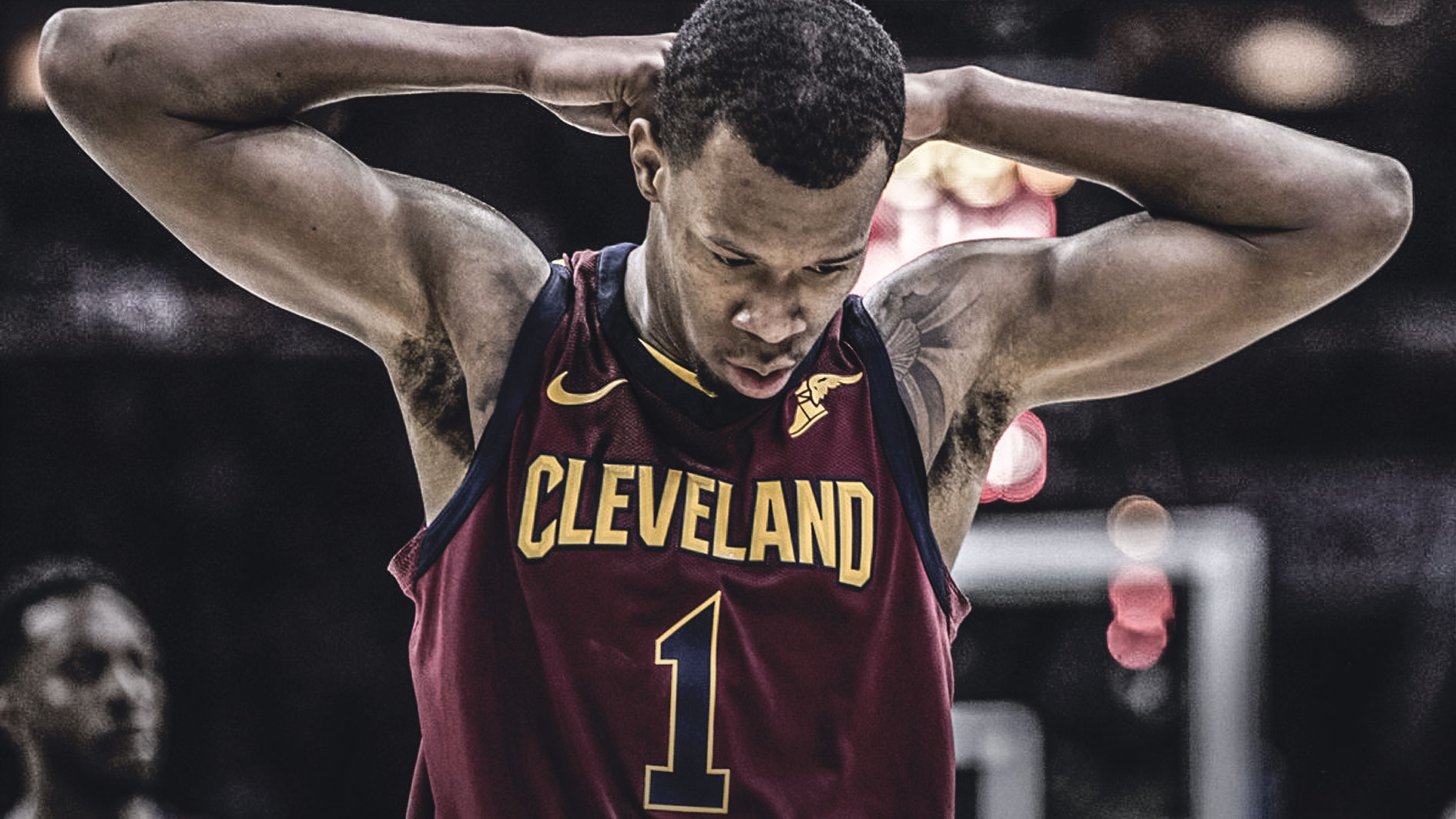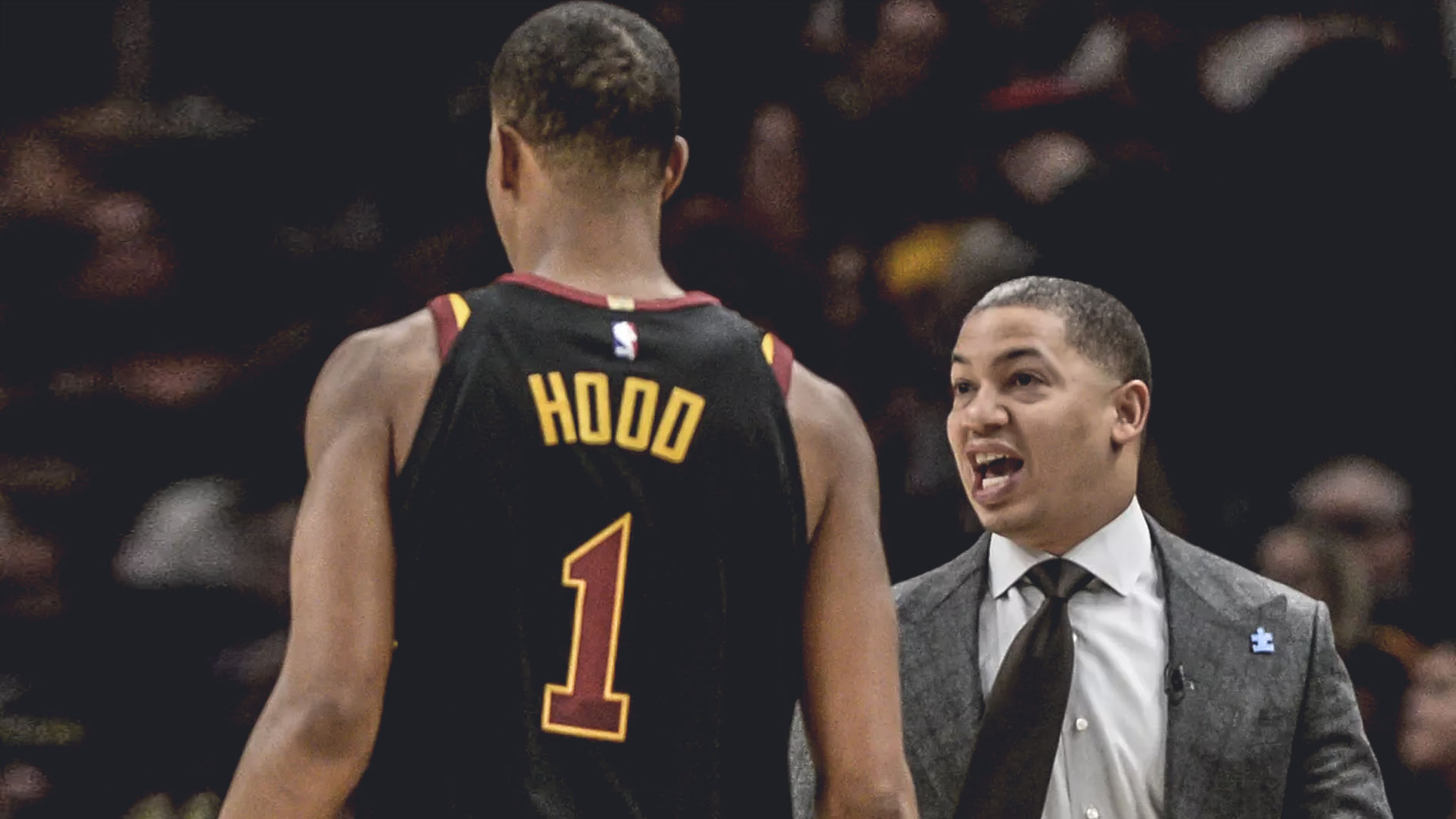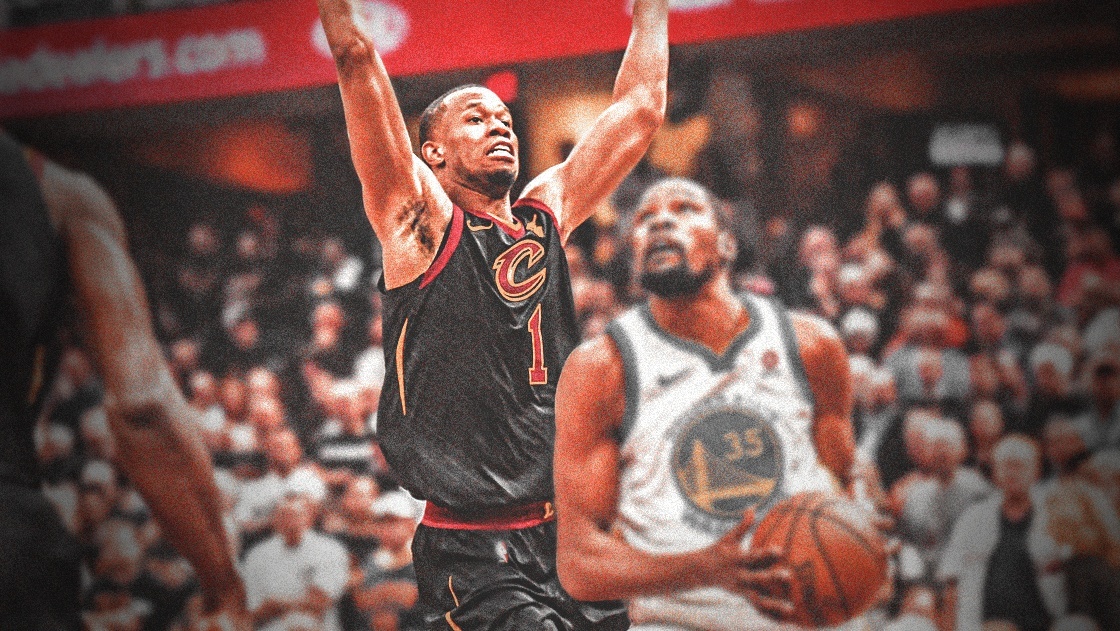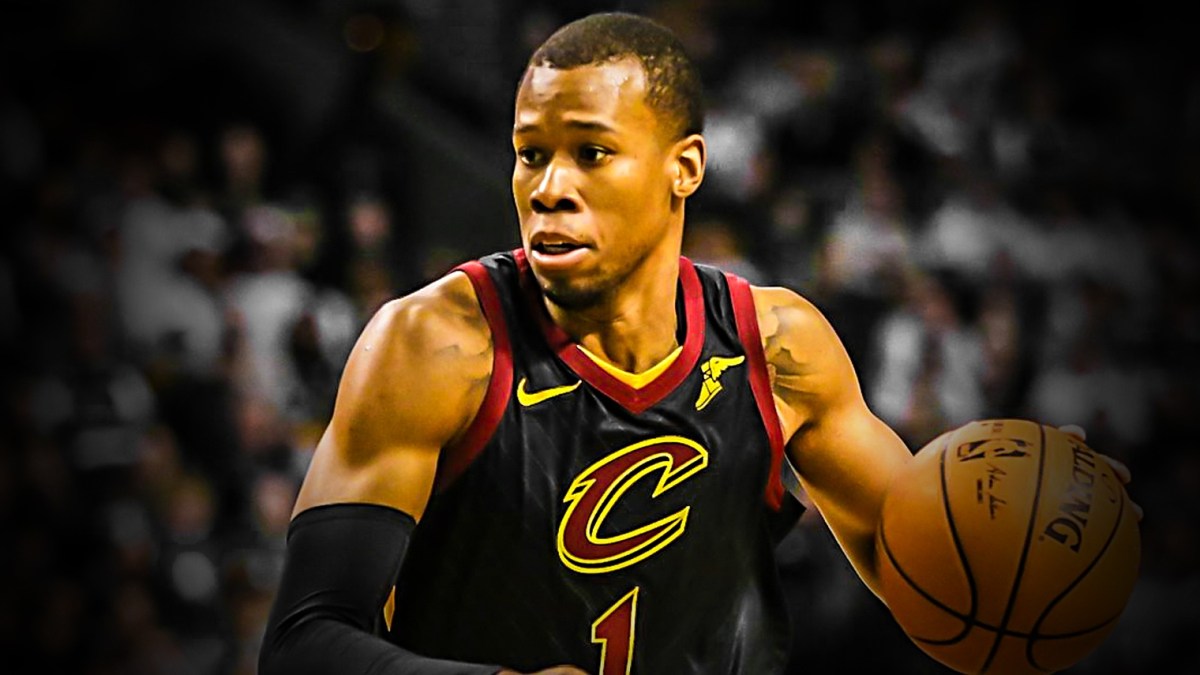The Cleveland Cavaliers were unable to pull out a victory in Game 3 of the NBA Finals and are now just one loss away from their season ending. The Finals have been incredibly demoralizing for Cavs fans, but if there is one silver lining, it’s the play of Rodney Hood. After playing for a total of 33 minutes during the Eastern Conference Finals and logging only four minutes in the first two games against the Golden State Warriors, Hood got his chance in Game 3, and he made the most of it.
At the February 8th trade deadline, Cleveland made a total of three separate trades in an attempt to improve the team. The player who had the most potential to help the Cavs wasn’t new starting point guard George Hill or power forward Larry Nance Jr.; it was instead a player who was not linked to the Cavaliers much, if at all.
Set to be a restricted free agent after the season, Hood was likely to be traded, and multiple teams showed interest in the 25-year-old wing. As Utah’s sixth man in 2017-2018, he averaged 16.8 points in 27.8 minutes per game. At 6’8″, he not only has the size to guard larger fowards, but also the athleticism and quickness to defend smaller guards. His ability to score in isolation made him a perfect weapon to bring in off the bench for some quick points.
Because of his performance, Hood was likely to receive a large contract from another team, and the Jazz were unlikely to match it. So rather than lose him for nothing, Utah decided to see what teams were willing to offer for half-year rental.

ClutchPoints
In a three-team trade where the Cavaliers also acquired George Hill, the Jazz sent Hood to Cleveland while receiving Derrick Rose, Jae Crowder, and a 2024 second-round pick. Rose was waived two days later, leaving Utah with Crowder and the future pick.
Crowder was one of the key pieces that Cleveland received in return for Kyrie Irving, and he was expected to have a large role on the Cavaliers. That much was true, but Crowder played very poorly. After shooting 46% from the field and 40% from beyond the arc with Boston in 2016-2017, Crowder’s shooting dropped to just 42% and 33%. After switching teams, he was even worse; 39% and 32% in 27 games with the Jazz.
Hood never became completely acclimated to his new team (which is excusable, as essentially the entire roster was changed at the deadline), but he still played decently, averaging 10.8 points in 25 minutes off the bench. But once the playoffs began, Hood started to struggle.
He went 18-for-39 in the seven-game series against the Indiana Pacers in the first round, which isn’t terrible. However, in the Cavs’ four game sweep of the Toronto Raptors in round two, Hood played in just three games, scoring only two points. Hood did not see the floor in any of Cleveland’s four wins against Boston, with his only playing time coming in garbage time in losses.

CP
But after the Cavaliers began the NBA Finals with two consecutive losses, it was clear that a change needed to be made. Cleveland’s bench was severely underperforming, and one player in particular was harming the team more than others.
In the first two games of the series, Jordan Clarkson played for 25 minutes. In that time, he went 3-13 from the field, with just one assist and two turnovers. His slashing ability was useful, but Clarkson was either missing shots at the rim or settling for off-balance jumpers. His lack of passing and playmaking destroyed Cleveland’s offensive ball movement and chemistry for extended periods of time. Clarkson’s defense on Stephen Curry was also very poor.
Head coach Tyronn Lue decided to make a change, finally taking out the former Lakers guard in favor of Hood. All Hood did was force Lue to play him even more than originally expected, even cutting into Jeff Green’s minutes.
Not only did Hood give a net positive performance, but his impact was compounded because Clarkson was not playing. He was on the court for 26 minutes, scoring 15 points on 7-of-11 shooting sbhile adding six rebounds and two blocks. He was actively defensively and was the primary defender of Stephen Curry.
Towards the end of the game, Hood did make a few mistakes which led to Curry scoring some points, but they were primarily miscommunications with teammates, which is a result of not playing much recently. That should happen less often in Game 4.

Hood added a new dynamic on offense. He played fast and aggressive, didn’t settle for jump shots, and attacked the Warriors’ weak interior defense. Hood employed a variety of spin moves that created space between him and the defender, which gave him open shots near the rim. One of his missed shots came with two seconds left and would not have made a difference even if it had gone in, so excluding that, Hood was 7-for-9 from within the three-point line.
His first shot was a missed three-pointer, but Hood didn’t let that shake his confidence. If he can begin to knock down triples, he will become a very dangerous scorer when on the floor.
Hood’s future with Cleveland is very much in doubt, as his performance this postseason has likely cost him a lot of money this offseason. Will a team bank on his Game 3 performance and offer him a nice contract? Or will the Cavaliers be able to retain him for a discount? Hood should have a spot on the team whether or not LeBron James decides to leave.
Hood has a history of volatile and inconsistent play, so he shouldn’t be expected to perform like he did in Game 3 on a consistent basis. But if the Cavs want to extend this series, Hood will have to have a similar impact.
